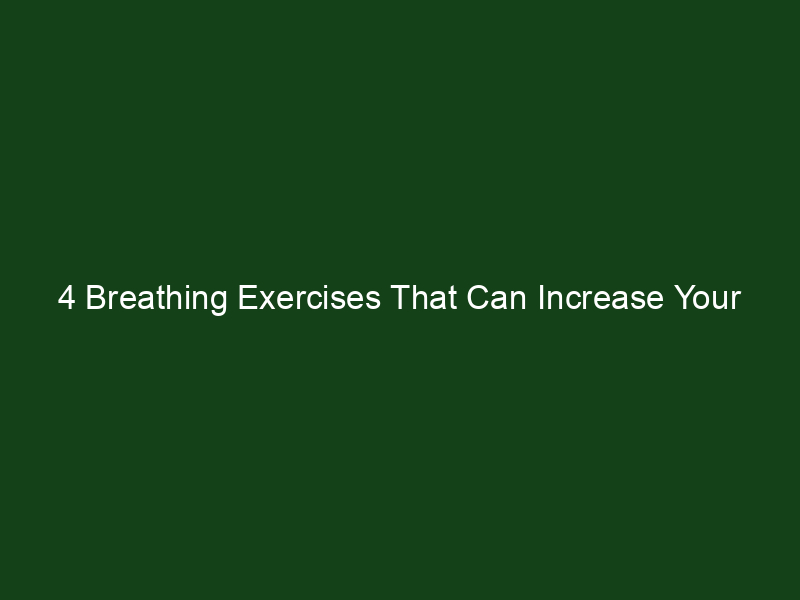Occasionally we invite guest writers to contribute to our blog. Today it is my privilege to introduce an article by Helen Sanders from healthambition.com. The healthambition blog is full of useful materials and we hope to strengthen our cooperation in the future. If you have questions to Helen or want to invite additional articles please write to [email protected] and I will see what can be done.
Rhythmic breathing can enhance memory recall and retention, especially during extended inhalation. Concentrating on your breathing pattern allows you to focus, calm your nerves, and induce clearer thoughts. Breathing techniques use a combination of your tongue placement, naval engagement, and mindfulness.
Below I am going to share four techniques that have helped me a great deal in both enhancing my learning capabilities and promoting relaxation.
Pranayama Breathing
A Sanskrit word for breath control, pranayama emphasizes the control of your “life force” – your breath. At its most basic, pranayama breathing techniques requires you to pay attention to your breathing patterns. Traditionally, students will start utilizing pranayama breathing techniques by being mindful of their exhale. Over time, inhalation becomes more powerful, until you can comfortable retain more of the inhaled breath.
- Breath of Fire or Agni-Prasanna. Forcefully inhale and exhale through the nose. Be mindful of your navel area. It should pump while you are breathing on your inhale and exhale breath.
- Skull Shining Breath or Kapalabhati pranayama. This breathing technique focuses on a slower, passive inhale and a forceful exhale. The exhale should engage your obliques and diaphragm.
- Bellows Breath or Bhastrika pranayama. Inhale and exhale forcefully, clearing your sinuses. This is an invigorating breath, ideal for when you need to momentarily disengage and regroup mentally.
Yogic techniques like pranayama breathing are associated with reduced stress, which is mildly present during the process of absorbing information. The vigorous breathing of pranayama techniques may engage your diaphragm and muscles, but they are designed to decrease physiological arousal, lowering your heart rate and blood pressure over time.
Reverse Breathing
Also known as Taoist breathing, reverse breathing techniques might initially feel unnatural, but they are effective in boosting energy and inadvertently increasing lung capacity. Typically, when you inhale, your navel area expands, and the reverse happens when you exhale. Reverse breathing techniques reverse this mechanism. This method alters the pressure between the abdominal wall and the chest area, resulting in a feeling of stimulation.
Getting accustomed to reverse breathing techniques can be challenging, and I found it slightly difficult to master. This practice involves changing the way you breathe and deliberately reducing the depth of your breath.
People who suffer from hyperventilation need to be more mindful and slow down their breathing, with reverse breathing techniques doing just that. Contrary to popular belief, deeper breaths while hyperventilating or experiencing panic can worsen symptoms. Mindful, shallower breaths can help dissipate feelings of impending panic.
Expand your diaphragm while exhaling through the nose, and then compress your diaphragm when inhaling through the mouth. You’ll be forced to be more mindful of your breathing, temporarily removing yourself from your source of panic and giving you the opportunity to regroup and better retain information.
4-7-8 Breathing
This breathing technique isn’t as engaging as others, but it is still effective when dealing with a difficult situation that requires you to react. You can do this breathing exercise at your desk or while standing, but it is recommended to do it while sitting straight up. Place your tongue behind the row of tissue on the roof of your mouth towards your front incisors. It’s important that you keep it there during your breathing sessions.
Breathe normally, with your exhaled breath escaping through the sides of your tongue. If you start spitting, slightly purse your lips.
Exhale through your mouth, then inhale through your nose for 4 seconds. Hold your breath for 7 seconds, then forcefully exhale through your mouth for 8 seconds. You will hear a loud whooshing sound. Repeat this cycle four times.
If you find that you can’t hold your breath for that long, then shorten the breaths. Make sure to follow the 4:7:8 ratio for each inhale and exhale.
Simply Count Your Breath
During learning or a study session, it is very normal for your mind to wander. Refocus on the present by counting your breath. This technique may seem too elementary, but it is very effective at allowing your brain to re-center and focus on the task at hand.
Sit in a comfortable chair while your spine is straight and relaxed. Count each exhale until you reach five. Repeat a new cycle of five exhales. You do not want to pass five as your mind will eventually disengage. Starting a new cycle will allow your mind to stay committed to the counting, instead of wandering.
These breathing techniques are effective before or during a studying session when you need to focus on content. One of the primary causes of concern for scholars and students is their perceived inability to perform. Decrease your level of anxiety by using these breathing techniques regularly, coupled with a multivitamin to ensure cognitive health. You will find yourself using methods to cope with moments of transient stress.

Get 4 Free Sample Chapters of the Key To Study Book
Get access to advanced training, and a selection of free apps to train your reading speed and visual memory


Dr. Goldentouch, do you meditate or use these techniques? How do you induce the flow state?
The flow state is typically induced by complex and interesting tasks that require a lot of mental resources and still allow us to progress when we apply those resources. Meditative techniques can be used for many things: for example when we get tired or emotional meditation helps to regain focus.